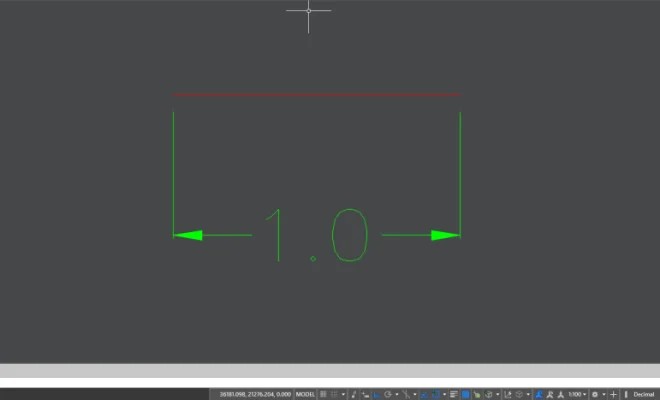How to Track Ships: 12 Steps

Introduction:
Tracking ships is essential for businesses, logistics companies, and ship enthusiasts who need to monitor maritime traffic. With technological advancements in ship tracking systems, it’s now easier than ever to track ships. Here are twelve steps on how to track ships effectively.
1. Choose the right tracking method
There are various methods of ship tracking, including AIS (Automatic Identification System) and satellite tracking. Determine which method best suits your needs based on factors like coverage area, cost, real-time data access, and accuracy.
2. Comprehensive research
Understand the different tracking technologies available, such as radio frequency-based AIS systems and satellite-based systems like Globalstar, Iridium, and Inmarsat.
3. Select a reliable tracking service provider
Evaluate various service providers based on their network coverage, data security measures, customer support, and pricing structure.
4. Set up an account with the chosen provider
Register with the selected provider by creating an account and providing necessary details such as name, contact information, and billing address.
5. Acquire appropriate hardware
Some ship tracking methods require compatible hardware like AIS or satellite receivers. Purchase and install the appropriate hardware depending on your chosen tracking method.
6. Install the software
After acquiring hardware devices, install the relevant software provided by your service provider on computers or other devices that will display real-time tracking information.
7. Configure monitoring settings
Configure settings such as notification alerts for specific events (e.g., arrivals or departures) or schedule periodic data downloads from satellites to ensure you receive timely ship location reports.
8. Observe maritime regulations
Adhere to maritime laws and regulations while using ship tracking services or sharing location data with third parties to avoid legal implications.
9. Analyze collected data
Deep dive into the collected data – including location history, vessel details, weather conditions – for logistical insights that can help optimize delivery routes, reduce fuel usage, and make better decisions.
10. Protect your data
Implement strong security measures to safeguard the collected tracking data from hacking, tampering, or unauthorized access.
11. Utilize mobile apps
Some tracking service providers offer mobile apps that allow you to monitor ships while on the go. Download and set up these apps for a better user experience and flexibility.
12. Regular system checks and maintenance
Perform routine hardware and software maintenance to ensure your ship tracking system always operates at peak performance.
Conclusion:
By following these twelve steps, you can efficiently track ships and make well-informed decisions based on their movements. Choosing the right provider, understanding the technology, configuring settings according to your preferences, properly maintaining the system, and ensuring compliance with maritime regulations are crucial aspects of successful ship tracking.


